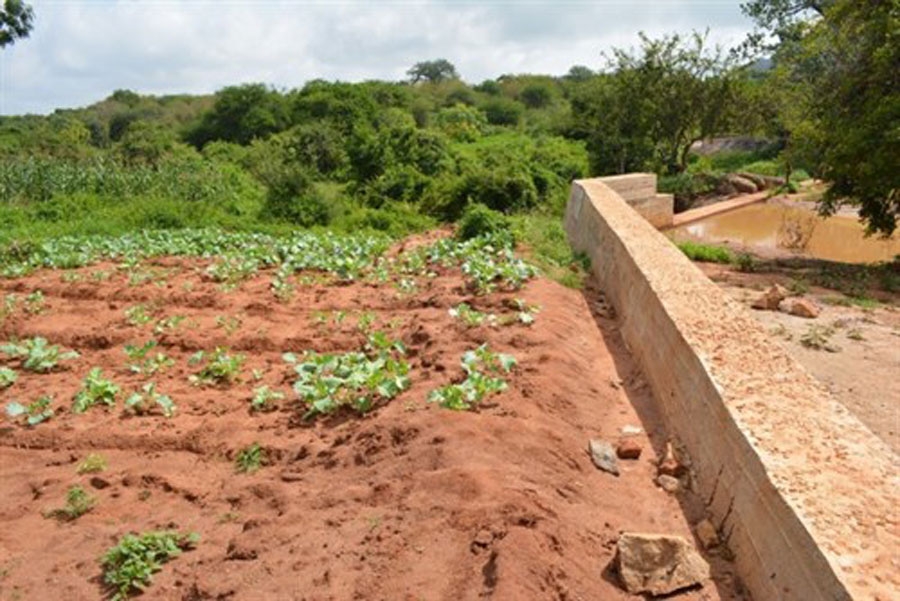

Droughts had pushed the Ngwate Ngutuike Self Help Group in Masii, Machakos County to extreme poverty, forcing them to find alternative ways to survive as relief from the government and other relief agencies couldn’t sustain them.
Sand dams (some times called more general groundwater dams) store water under the ground. A sand dam is a small dam built above ground and into the riverbed of a seasonal sand river.
Sand accumulates upstream of the dam, resulting in additional groundwater storage capacity. Similar to sand dam a subsurface dam obstructs the groundwater flow of an aquifer and stores water below ground level. Sand and subsurface dams are suitable for rural areas with the semi-arid climate in order to store only seasonal available water to be used in dry periods for livestock, minor irrigation as well as for domestic use. The solution also contributes to the reduction of contamination by livestock and other animals since water is under sand and filtration of water flowing through the riverbed sand improves water quality
The solution is implemented by the Utooni Development Organization (UDO), a non-governmental organization, based on the early works of Utooni Development Project, a community-based self-help group formed by Joshua Mukusya in 1978. Its vision is to build peaceful, healthy and happy interlinked self-sufficient communities through justified sustainable development. The solution has been tested and implemented in three Kenyan counties, benefitting 4,795 households.
Practical implementation steps include:
: